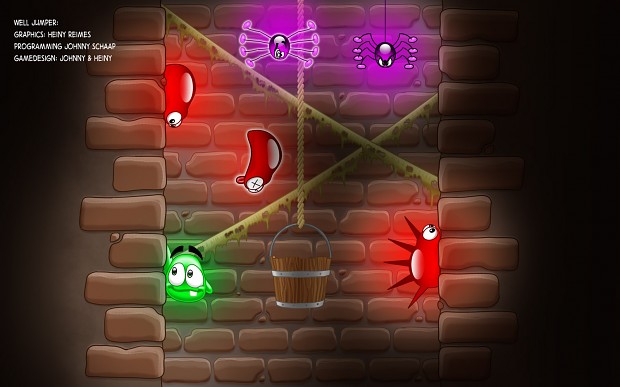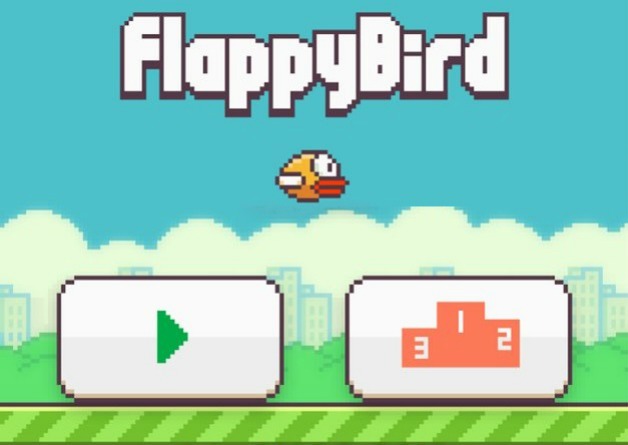Everyone not living under a rock over the past months has heard about Flappy Bird. The game that became an overnight success, that everyone wanted and that was taken off the market because the developer caved under the stress of the success. What is there to learn and to do with it?
There is a surge of people trying to copy the success of Flappy Bird. Having an enormous hit with a game is what every developer is trying to do. Copies of games with the same gameplay are popping up left and right, trying to ride the wave of success that Flappy Bird left in its wake.
By not wanting to be another copycat, a closer look into the game is needed. What lessons can be learned from Flappy Bird? What made the game so popular? Why is it so hard to stop playing? What can we learn from the demise of the game?
Analyzing Flappy Bird
It is safe to say that Flappy Bird excels in simplicity. There is no storyline the game depends on, because there simply is no story. There are only three sounds in the game; the flapping, the crashing and the scoring sound, so nothing special there.
The first thing you notice about the game are the outdated graphics. The pipes are recognizable from Mario Bros, so is the background. The game taps into the retro-trend by taking the look and feel of the 8-bit era, but it does not take it to the next level. The graphics are simply adequate for gameplay and maybe evoke a certain nostalgic feeling. The graphics are hardly an explanation for, or even a factor that has added to, the success of the game as they are simply too outdated.
The strength of the game is in the gameplay. Every gamer can see how simplistic the game is at an interactive level. It is all about tapping the screen at the right moment. This might make the game less appealing for hardcore gamers, but all the more appealing for the regular and casual gamers. There is no need to learn about all kinds of mechanics; the simplicity of the game makes it easy to learn and playable in seconds.
Because of the simplistic approach on all obvious points, people tend to underestimate the game. It is much harder to master than it looks. This causes an urge for players to want to improve themselves, keep trying to be better and to outdo their friends. Because the game is so hard to master, it is sneaky in sucking in the players, even veteran gamers.

The replayability of the game only adds to this feature. At first try you die almost instantly, but you can try again right away. It takes seconds to replay the game and this is key. Every game is sweet and simple, leading to the ‘okay, just one more’ effect. And of course having people return to the game when they have a minute to spare. You can pick it up and play at every moment. In short: This is the ultimate snack game.
Inspiring Gooing up
Like most developers, we can complain about the game and tell everyone what works. But we can at least try and prove it, because we also like to create something as popular, but at the same time make it something we like ourselves. In the end the simplicity of Flappy Bird makes it a bit too shallow for us and the visuals are far from appealing.
The simple tap mechanic however was the inspiration for us to work with! There is so much you can do with this kind of gameplay. All kinds of variations and additions can be thought of. Which is why we took the same simple mechanic as Flappy Bird uses as an inspiration and decided to develop Gooing up.
Taking Flappy Bird lessons into practice
Gooing Up uses the same basic Flappy Bird features. Simple gameplay: Tapping is used to jump up, climbing scores points, you get one life, you can instantly replay and the game is short and sweet.
However, Gooing up is a far more dynamic game. The player can both jump and attack by tapping. Instead of a field of static pipes to navigate through, there are multiple moving enemies. Each enemy is different and has different ways to be killed or avoided. The steering mechanic is still simplistic but the challenges are numerous. The game is made even more dynamic by adding animations, particles and lightning effects. All rolled up in a visually appealing game.

Character design is one of the strong points of the game. The characters are pleasing and show emotions. Being cute and cartoony, the player can sympathize with the character, increasing the immersion.
![]()
![]()
Does this mean this can be done with any game? Absolutely not! For example, I also work with a team on Roche Fusion and everything learned from Flappy Bird seems to have no effect on Roche Fusion. In this game we are going for a rich content and basically no characters at all.
Taking inspiration and making it your own
There is no denying Flappy Bird is very successful and appealing. We are very happy that something like Flappy Bird was created for without it there might not have been a Gooing Up! The challenge for every developer out there is to take the lessons that can be learned from Flappy Bird and make them your own. Not just trying to make a copy.
Gooing Up aspires the same simple gameplay, making a game for everyone to play. But Gooing up wants to be so much more, in visual beauty of the game, in game dynamics and appeal and mostly in more in depth gameplay.
Footage of work the latest build:







Published: May 5, 2014 11:26 pm